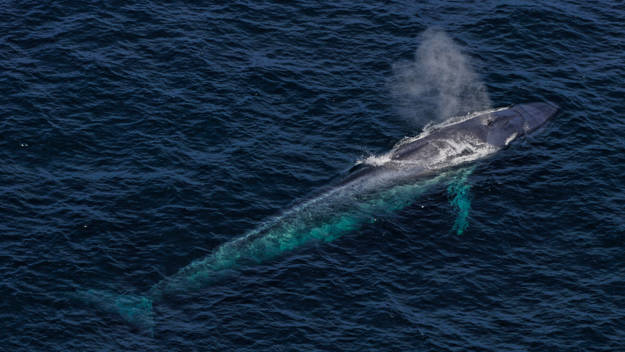For over 300 years, pilots used to help navigators so they could reach their destination. For a long time, pilots could also count of lighthouse keepers.
Today, most lighthouses are automated but the St. Lawrence River remains under the high surveillance of coast guards.
Islands and Lighthouses
Lighthouses, on top of being sentinels of the sea, are proof of our past.
Quebec counts 43 traditional lighthouses located on the many islands alongside the St. Lawrence River. Built to guide safely sailors navigating the river, lighthouses were there to warn in case of deep floors, strong currents or tides. Their use became obsolete with time, with the arrival of new technologies, as did the keeper's work.
Lighthouses are now considered historical sites and some of them even became museums or accomodations. Visiting one allows you to discover the river's history, detailed through their use and the work of their keepers while also enjoying the local flora and fauna.
L'île Verte
Île Verte is located in the St. Lawrence estuary, 2 kilometres away from the south coast, across the Isle Verte municipality. Built in 1809, the Île verte lighthouse is the first one to appear on the river's coast.
Six keepers and their families lived there until its automatization in 1972. The lighthouse was deemed a national historical monument in 1974. Nowadays, you can visit it to admire the islands and sometimes glimpse at whales.
L'île Rouge
This island is located in the center of the St. Lawrence River, off the Tadoussac coast. Many species of bird stop by regularly. Built in 1848, the lighthouse was lived in until 1988.
Les Îles du Pot à l’Eau-de-Vie
The Îles du Pot à l'Eau-de-Vie archipelago is located 11 kilometres off the coast of Rivière-du-loup. There, you can find many aquatic bird species. The Pot du Phare island has a lighthouse since 1862. While it was abandoned in 1964, it was restored in 1989 by the Duvetnor Society who transformed it into a bed and breakfast. It was also deemed a national historic monument.
L'île aux Lièvres
Also managed by the Duvetnor Society, this island covers over 13 kilometres of land and is home to a varied fauna and flora. Protective of its natural environment, this island also offers hikes and staying accomodations. House pets and bikes are not allowed. On Île aux Lièvres, we can find seals, many birds and various animal species such as the snowshoe hare, the deer mouse, the grass snake, reptiles and over 20 000 eider ducks, cormorants and small penguins.
Pointe-au-Père
Built in 1909, the Pointe-au-Père lighthouse is the second tallest in Canada. It has 128 steps and its avant-gardist architecture inspired many famous painters. The lighthouse still plays an important role when it comes to navigation on the St. Lawrence River. It is now considered one of Canada's national historical sites. Across the lighthouse, you can also find the Maritime historical site of Pointe-au-Père that tells the tale of the Empress of Ireland ship that perished in the river in 1914. Recovered in 2008, the ship is open to visitors since 2009.
Le phare de Pointe-au-Père a joué un rôle primordial dans l'histoire de la navigation sur le fleuve Saint-Laurent. Il est maintenant considéré comme un lieu historique national du Canada. En face du phare, se trouve le Site historique maritime de la Pointe-au-Père qui raconte l’histoire du navire Empress of Ireland qui s’est engouffré dans le fleuve Saint-Laurent en 1914. Remorqué du port d’Halifax jusqu’au site actuel et halé sur la terre ferme à la fin de l'année 2008, il est ouvert au public depuis 2009.




